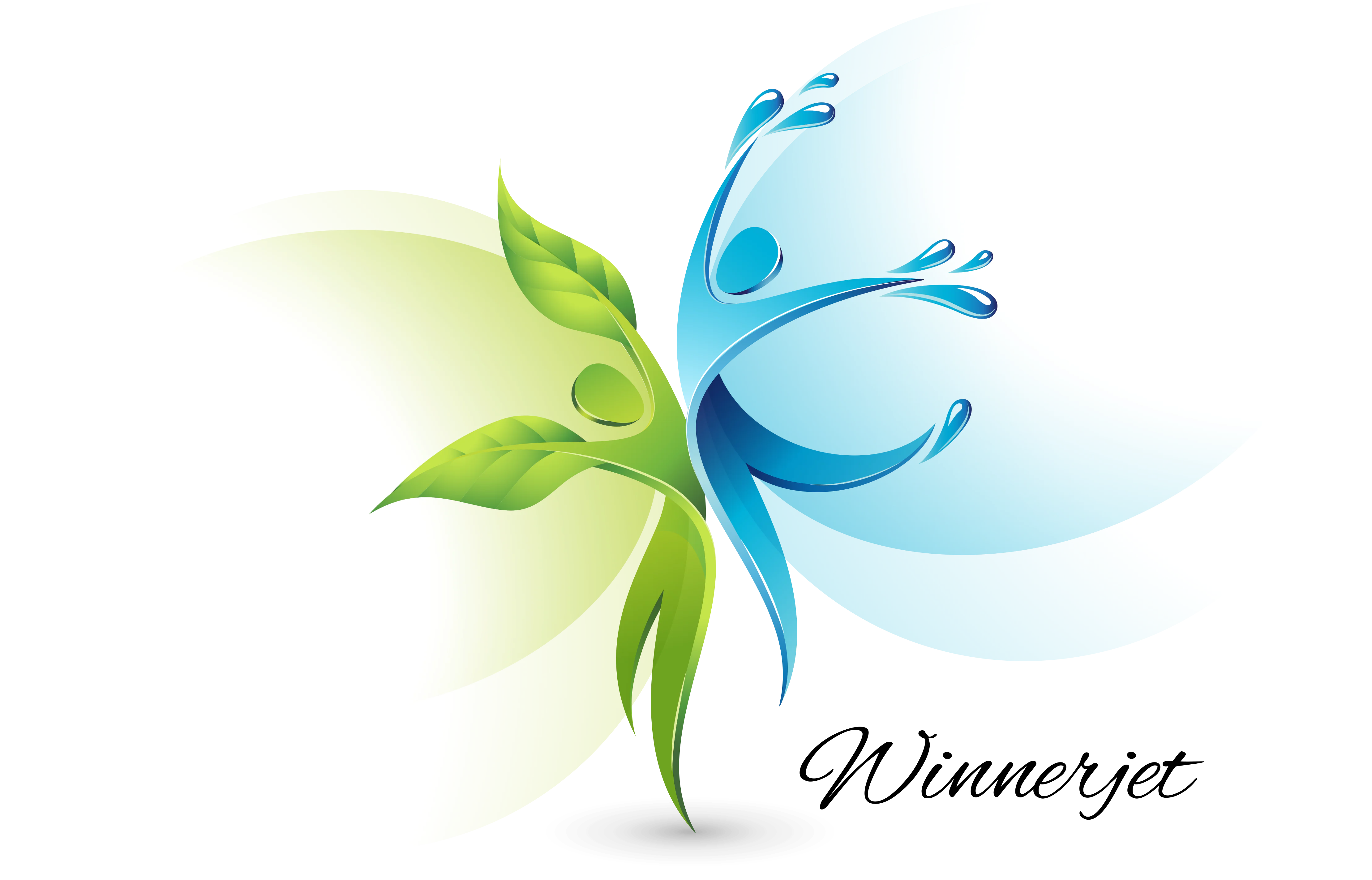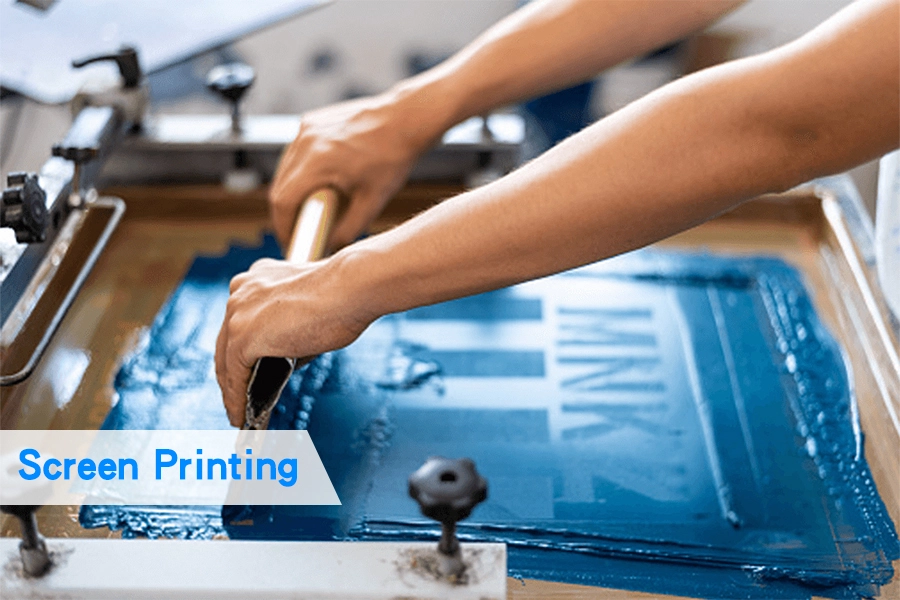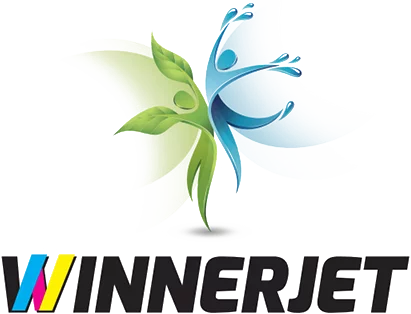As two popular ways of printing clothing: DTG VS Screen Printing. Each method has its unique advantages and disadvantages, so businesses need to understand which method is best for their needs. In this article, we will explore what DTG and screen printing are, explore their differences, weigh their pros and cons, and guide you to make the right choice for your project.
What is DTG Printing?
Direct-to-garment (DTG) printing is the process of printing images directly onto fabric using specialized inkjet technology. This process requires treating the garment with a pre-treatment solution to allow the ink to adhere better. DTG is widely praised for its ability to print high-resolution images with intricate details and multiple colors. It works best with 100% cotton or cotton blends and is ideal for custom garments such as t-shirts, hoodies, etc.
For more details about DTG printing, please read: “What Is DTG Printing“.
What is Screen Printing?
Screen printing, also known as silkscreen, is a traditional printing method that transfers ink to fabric through a mesh screen. A separate screen is required for each color in the design, making it ideal for designs with limited colors. This method has been widely used for decades, especially for bulk orders, as it produces long-lasting prints and vibrant colors.
Key Differences: DTG vs Screen Printing
Below are the main differences between the two; read on to find the one that’s right for your printing business.
Compatible Fabric Types
DTG printing excels on cotton and cotton blends, but it needs to improve with synthetic fabrics, which can lead to poor ink adhesion.
On the other hand, screen printing is versatile and can be applied to a variety of materials, including cotton, polyester, and even specialty fabrics like nylon.
Print Quality
DTG printing generally produces better results. DTG prints are colorful, detailed, and expressive.
Screen printing excels at printing solid colors and can produce vibrant colors. However, due to color mixing and screen limitations, assistance may be required to complete complex designs.
Durability
DTG prints made with water-based inks will fade over time if not properly cared for, so they are less durable.
Screen prints are usually more durable than DTG. This is because the ink used in screen printing bonds tightly to the fabric, allowing the print to withstand multiple washings without fading.
Design Complexity
DTG printing allows for unlimited colors and intricate designs, perfect for detailed artwork or photographs.
Screen printing requires a separate screen for each color, which limits complexity. Therefore, the screen is often a better choice for designs with limited colors.
Production Efficiency
If you want to be more efficient with small batches or custom designs, DTG is the way to go. It requires minimal setup time and can print directly from digital files.
For larger orders, screen printing becomes more efficient. Although it has a longer setup time upfront when printing in large quantities, efficiency is fast, and the cost per item drops significantly.
Initial Investment
DTG printing has a low initial investment, requiring only a printer and ink to start, making it ideal for small businesses that are just starting or businesses that print on demand. DTG printers are more affordable than the equipment required for screen printing.
Screen printing equipment includes screens, scrapers, and other printing tools, and the initial investment is high. However, for businesses that plan to produce in large quantities, screen printing may offer better cost-effectiveness.
Sustainable Development
DTG printing generally uses water-based formula ink, which is relatively healthy and environmentally friendly and has less harm to the environment. Plastic inks are commonly used in screen printing. This type of ink will emit a certain odor and have a certain impact on the environment.
Pros & Cons of DTG Printing
Pros of DTG Printing
- High-Quality Prints: DTG produces vibrant, photorealistic images with fine details.
- Versatile Design Options: Unlimited colors and intricate designs can be printed easily.
- Minimal Setup Time: Ideal for small orders and custom prints with quick turnaround times.
- Less Waste: As a print-on-demand service, DTG reduces inventory waste.
Cons of DTG Printing
- Limited Fabric Compatibility: Best suited for cotton; performance on synthetic fabrics can be poor.
- Durability Concerns: Prints may fade faster than screen-printed garments if not properly cared for.
- Higher Cost for Bulk Orders: Cost per item can be higher when printing in large quantities.
Pros & Cons of Screen Printing
Pros of Screen Printing
- Durability: Produces long-lasting prints that can withstand many washes.
- Versatility: Can be used on a wide range of fabrics and is effective for bold designs.
- Cost-Effective for Bulk Orders: Lower cost per item when printing large quantities.
- Vibrant Colors: Produces bright, solid colors that stand out.
Cons of Screen Printing
- Limited colors: Each color requires a separate screen, making it difficult to print complex designs.
- Long setup time: It takes longer to prepare when printing, especially for smaller orders.
- High initial investment: It requires more equipment and materials compared to DTG.
DTG vs Screen Printing – How Do You Choose?
Choosing between DTG and screen printing hinges on several factors:
- Quantity: For small orders or unique designs, DTG is preferable. For larger runs, consider screen printing for cost efficiency.
- Design Complexity: If your design is intricate or colorful, DTG is likely the better choice. Screen printing is effective for simple designs.
- Fabric Type: Consider the fabric you intend to use. DTG works best on cotton, while screen printing can handle a broader range of materials.
- Budget: Evaluate your budget for initial investments and long-term costs. DTG may be cheaper upfront, but consider durability and care.
FAQS About DTG vs Screen Printing
Can I print on dark fabrics with DTG?
Yes, but printing on dark fabrics requires a white under base to ensure vibrant colors.
How long does a screen print last?
Screen prints can last for many years with proper care, maintaining their vibrancy through multiple washes.
Is DTG printing more eco-friendly?
Generally, yes. DTG printing uses water-based inks and produces less waste than traditional screen printing.
Can I print photos with screen printing?
While it is possible, screen printing could be better for photographic images due to limitations in color mixing and detail reproduction.




